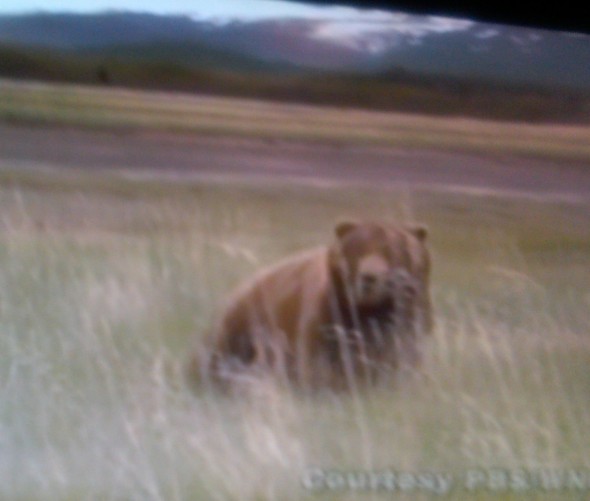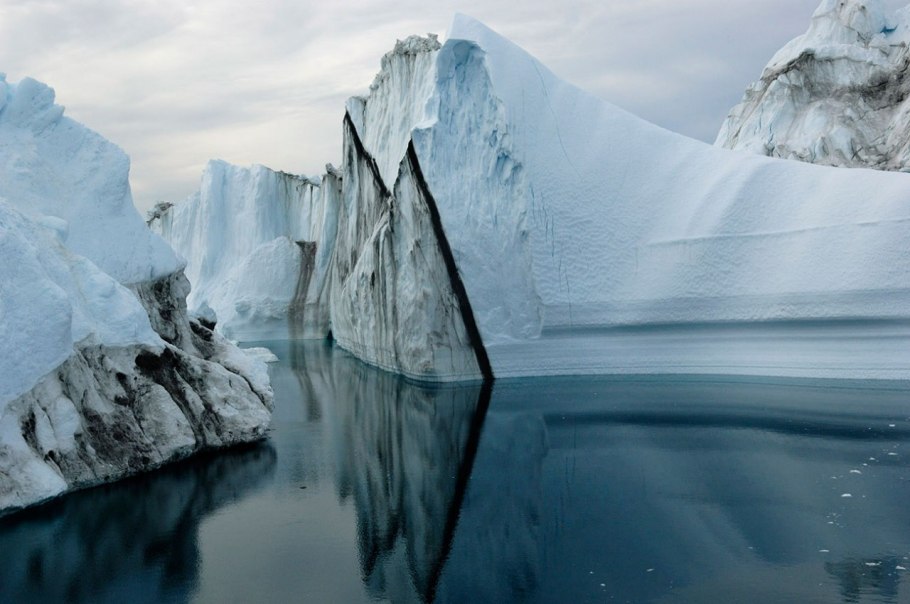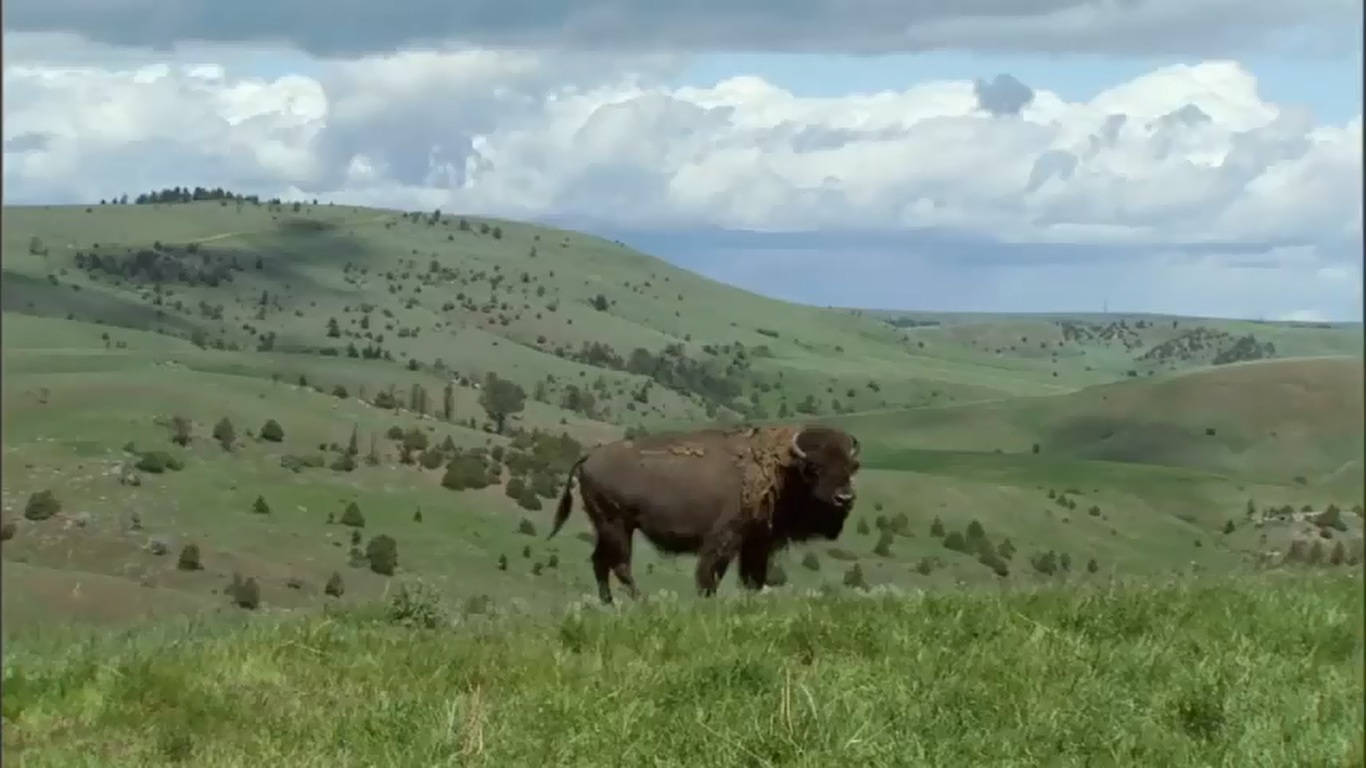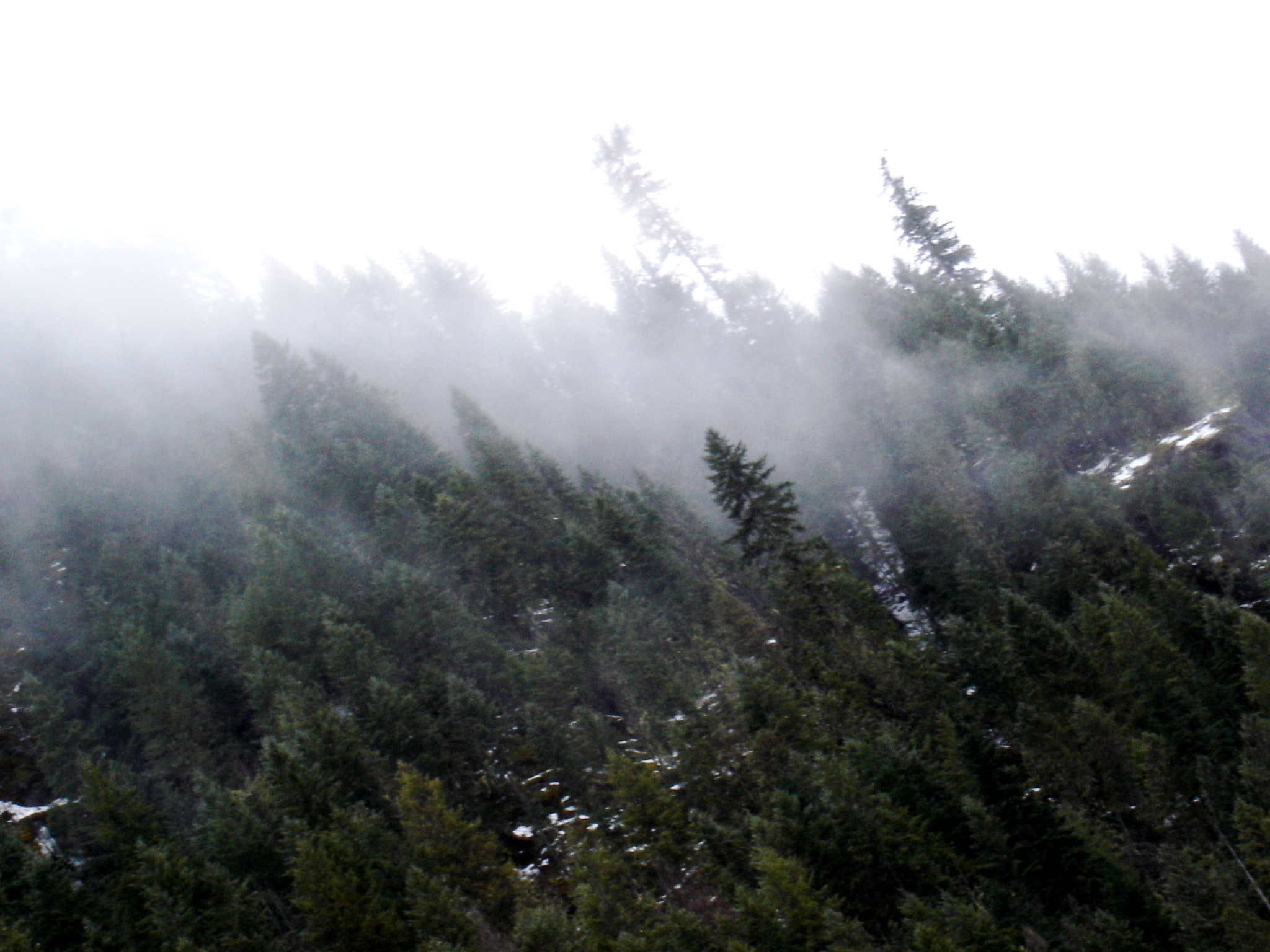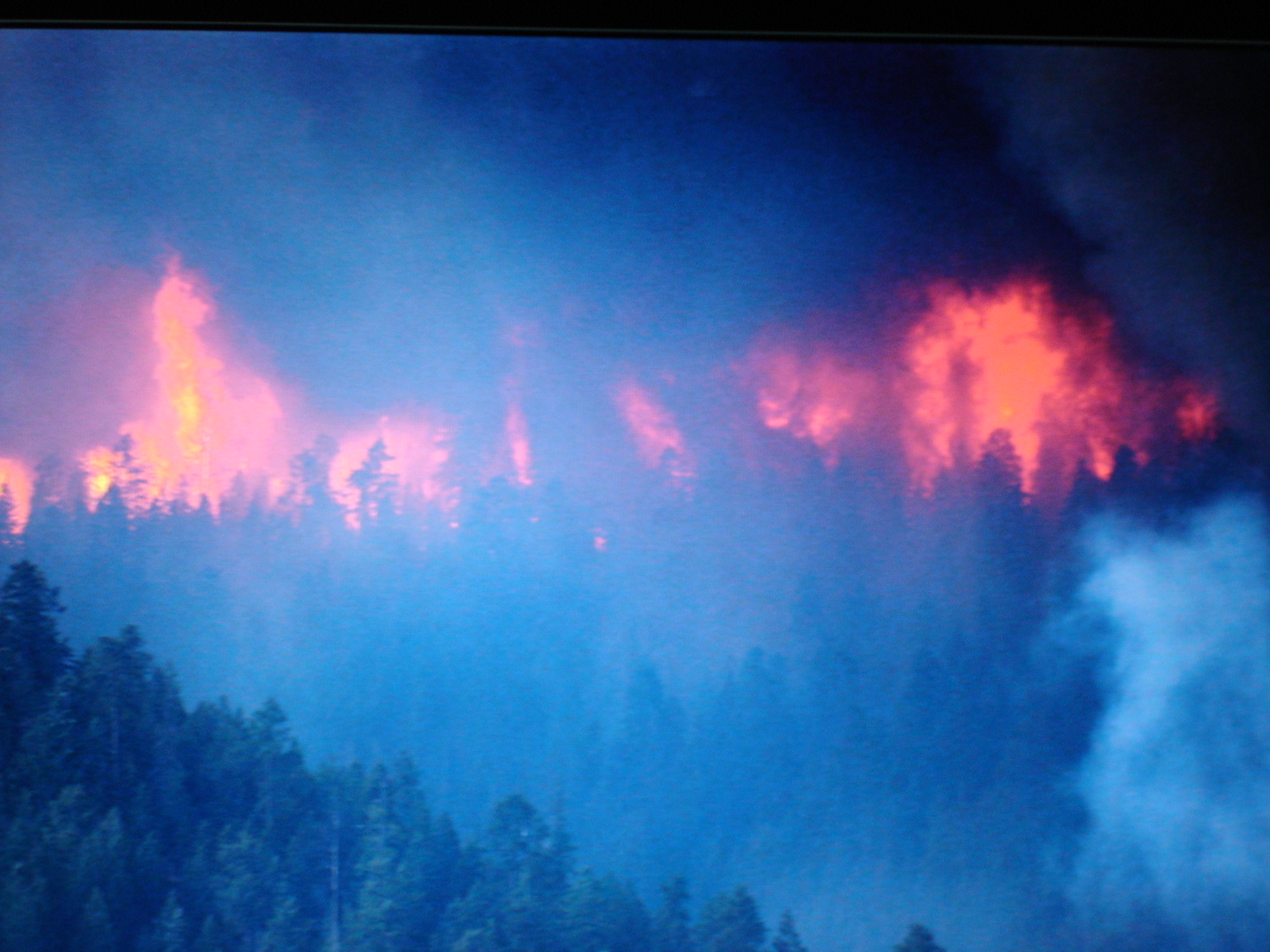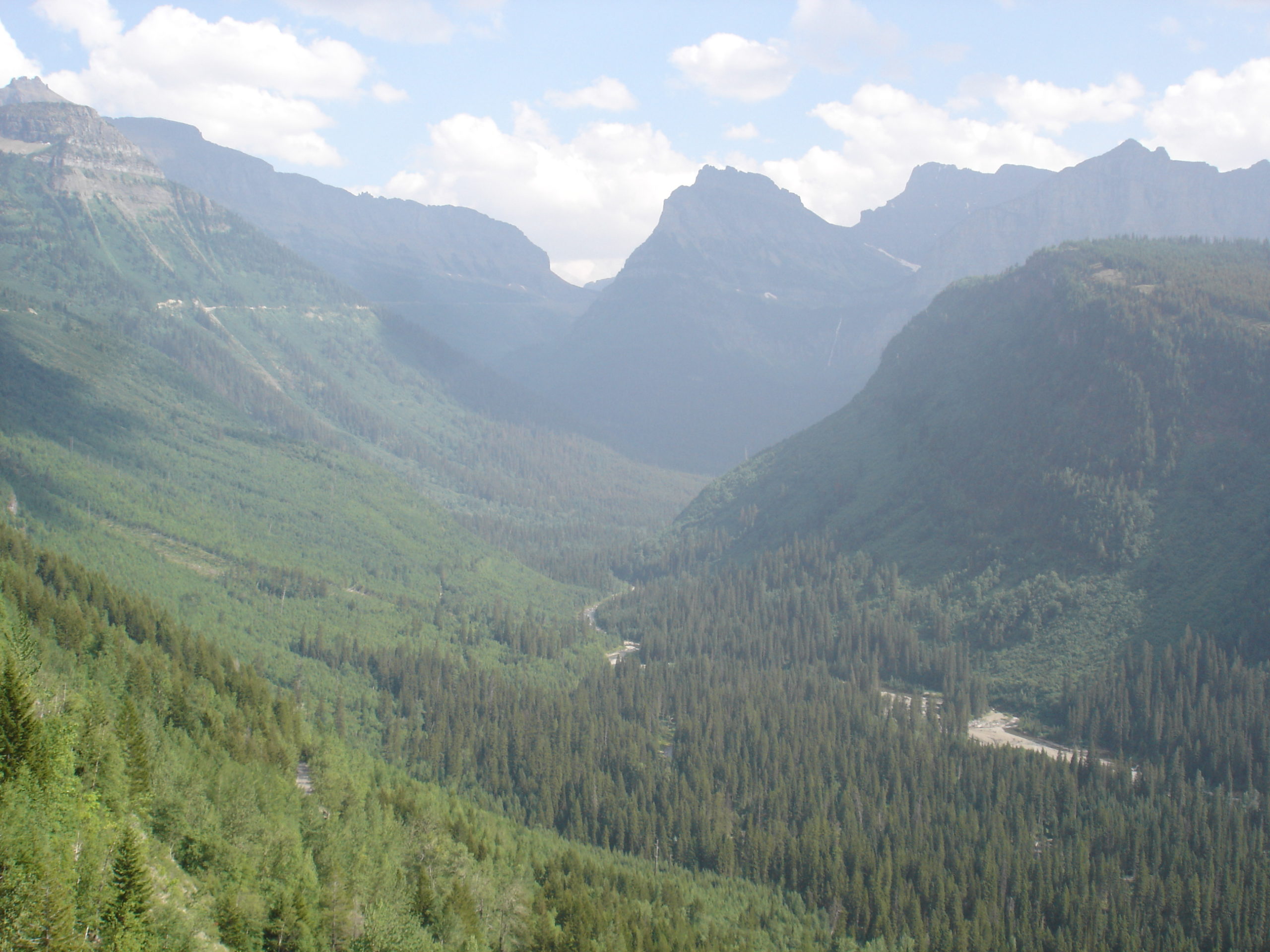Wildlife Agencies advocate hunting helps grizzly recovery. The best available science, however, suggests predators including bears, wolves, mountain lion and coyotes have intricate social interactions that are disrupted or damaged by indiscriminate killing from hunters and trappers. Habitat protection is the main way to protect the fledgling population of grizzly bears as well as avoid human-bear conflicts.
Tag: Montana
Chasing Ice: The New “Inconvenient Truth” – Arctic Melting Before Our Eyes
Dr. James Hansen: We can fix this. The answer is a price on carbon. We must make the price of fossil fuels honest, reflecting their cost to society including the economic devastation wrought by storms like Sandy, the toll on farmland and ecosystems, as well as priceless human lives.
Mythology of the Crow: Love Trials of the Magic Buffalo Wife
An Apsáalooke Crow man falls in love and has a child with the magical Buffalo Woman, which requires him to prove his love and devotion to her and her Buffalo Nation.
Idaho: Wolves and Wilderness Persist in the Bitterroot Mountains
Since the time of the Louisiana Purchase, the people of the United States have worked to tame the Bitteroot Mountains of Idaho and Montana, but the rushing rivers and wandering wolves still retain the air of the wild.
Mountain West: Forest Death Affects Climate Moderation
Pines of the Rockies are dying, wildfires racing across the Southwest deep into Texas, and Colorado’s aspens have declined due to lack of water. Worldwide the problem stretches from Southern Africa, the Amazon, Siberia, Algeria, and Australia. Without forest, levels of carbon dioxide rises and the climate will continue to warm.
Grizzly Bears and Humans: Habitat Protection Ensures Coexistence
The paths of grizzly bears and humans often collide, with fatal consequences for both parties. Despite protected lands such as national parks, the former’s survival depends upon establishing roaming corridors across private land and highways. The Vital Ground Foundation is doing just that.
Yellowstone and Glacier Through Native Eyes
For more than 12,000 years, the Intermountain West’s Native peoples have called the lands known as Yellowstone and Glacier National Parks “home.” This program explores modern Indigenous perspectives on these great wilderness areas and explores the cultural divide that separates modern times from the not-so-distant past.

